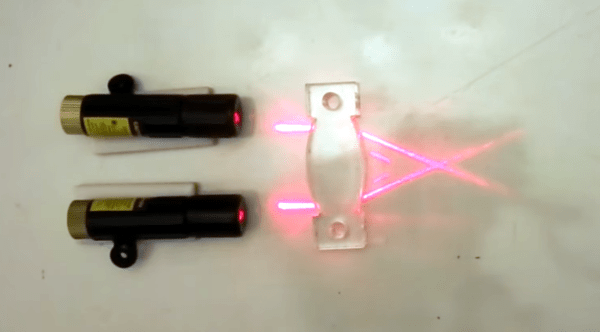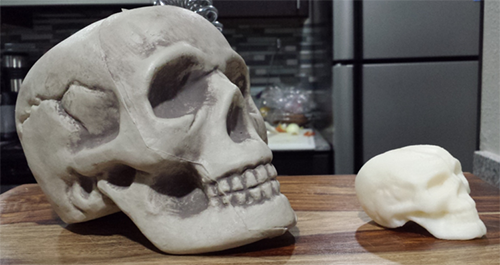[PWalsh] has a clever idea for learning and experimenting with basic optics: instead of using actual lenses, he’s using clear pieces of laser-cut acrylic cut into lens profiles instead. They are much easier to make, mount, adjust, and handle while still bending light in the same basic ways. It allows for simple hands-on experimentation with plenty of visual feedback – perfect for beginners.

This idea is part of [PWalsh]’s low-cost optics bench project, which uses laser-cut plastic to create adjustable optics bench components. We’ve covered this project before, but [PWalsh] expanded the idea with the concept of these simple laser-cut optics for basic experimentation; an addition that requires no additional tools and only a small amount of material. Features and value added for nearly zero cost is something we always love to see!
Continue reading “Low Cost Optics Bench Project – Now With Lasercut Optics”













